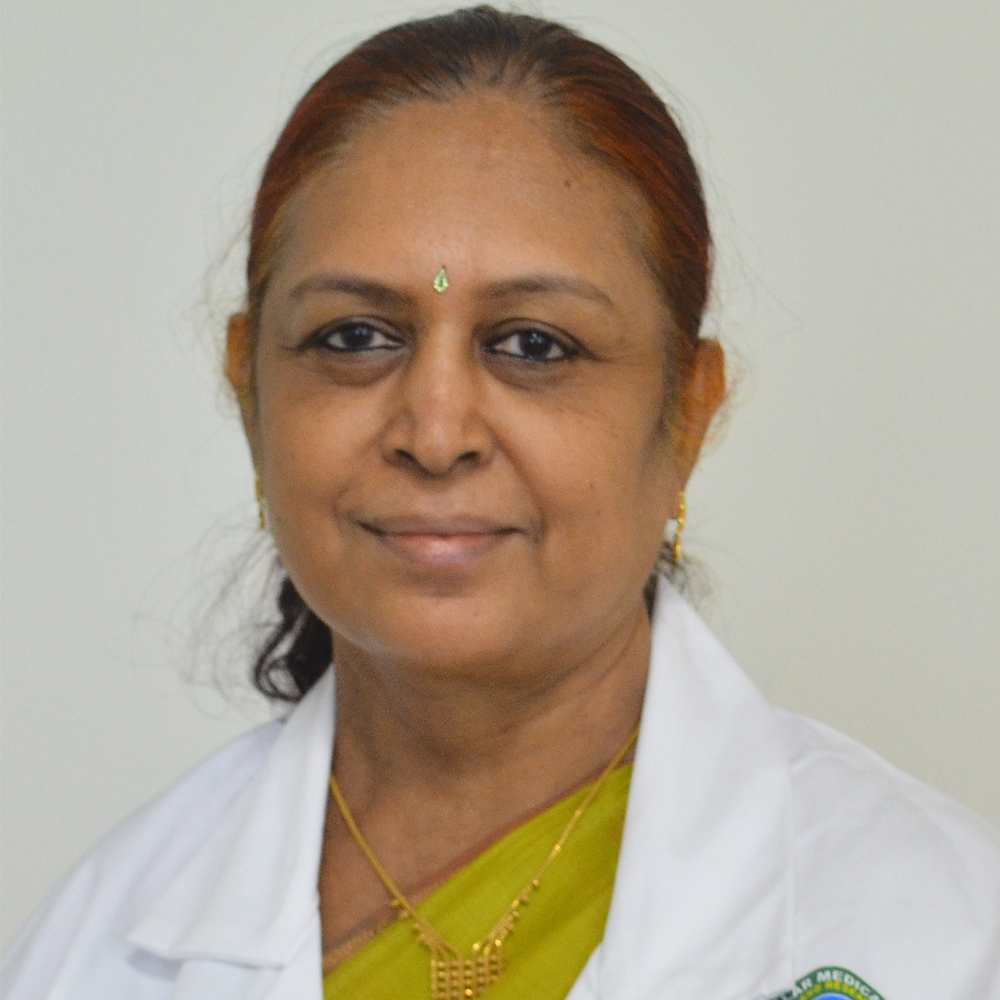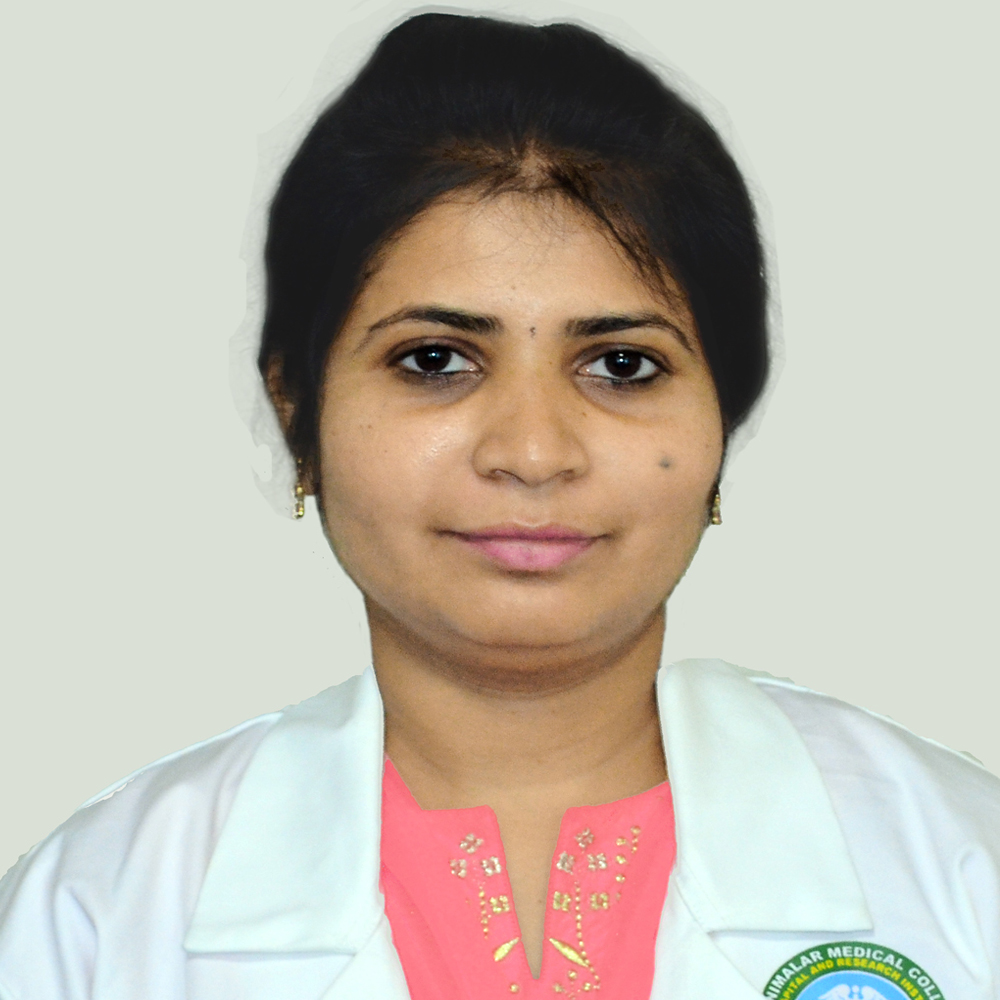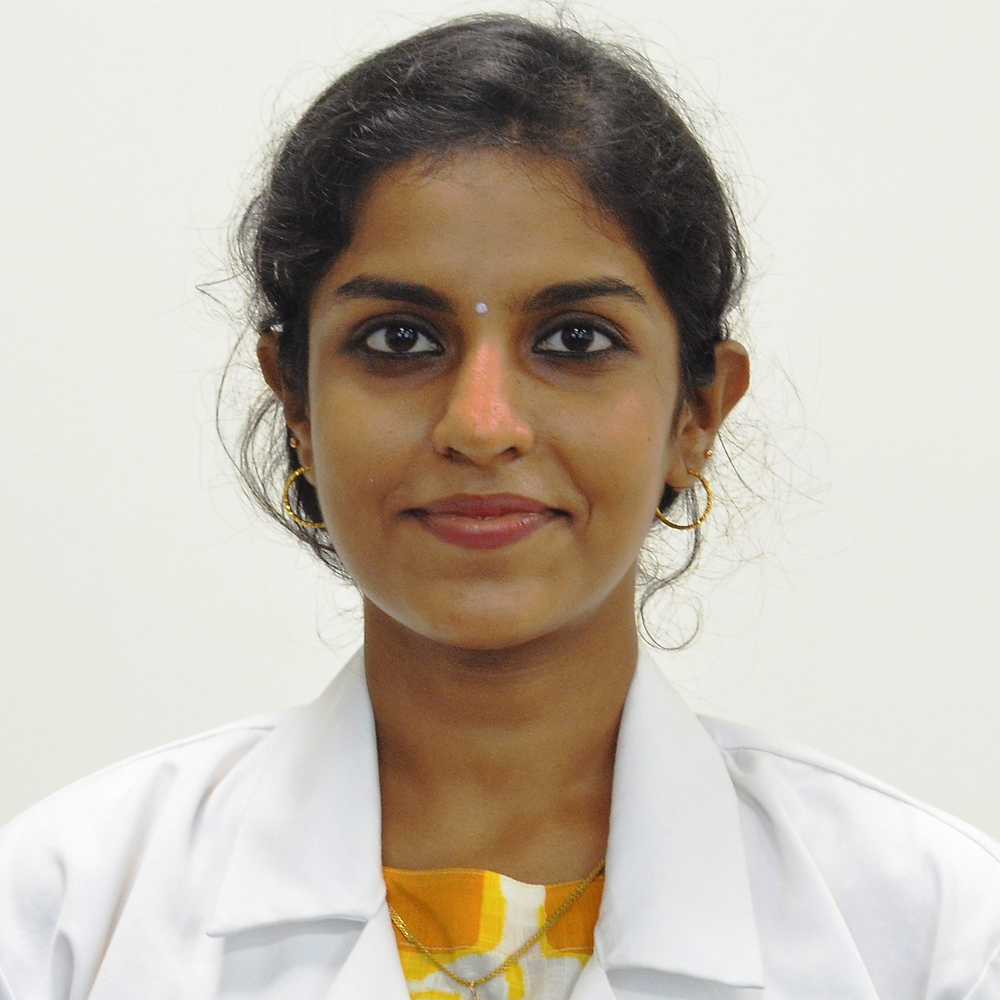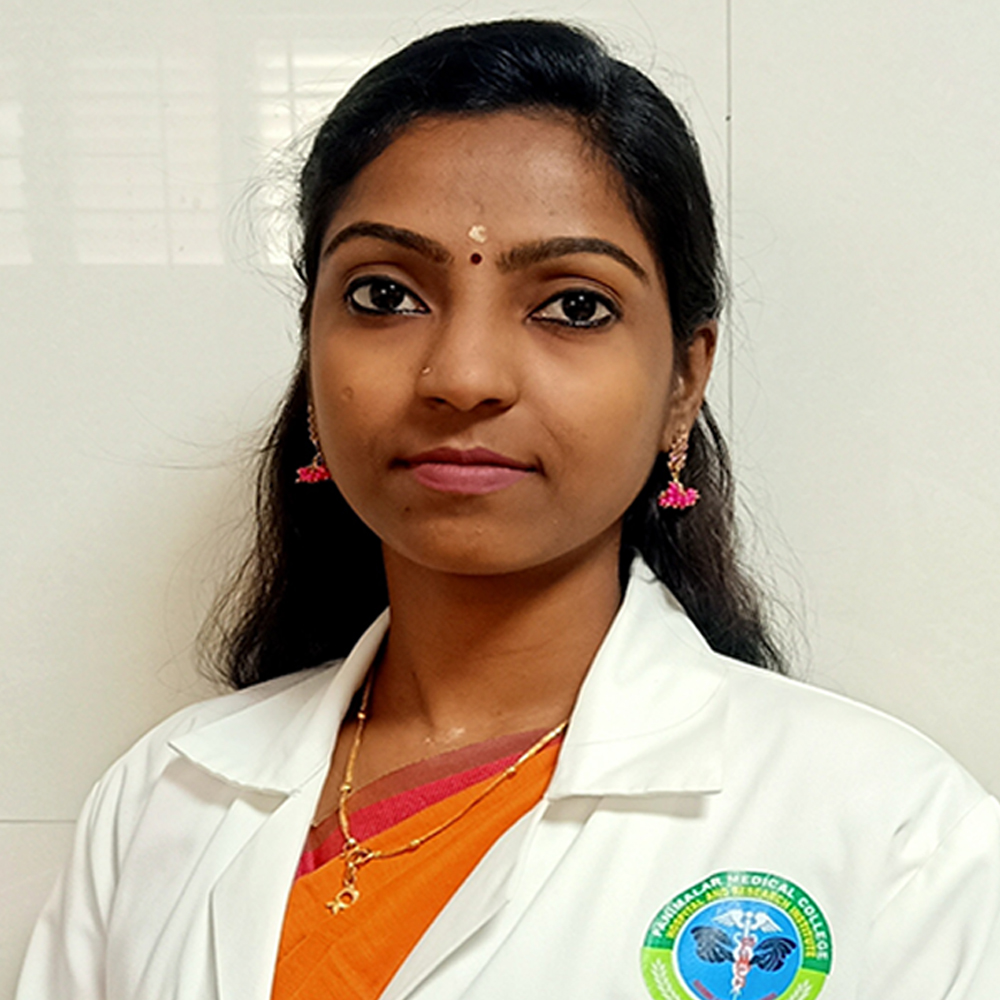Faculty

Dr. Kalyani M
HEAD

Dr. Nanthini Devi P
HOSPITAL INFECTION CONTROL OFFICER

Ms. Subhalakshmi S
SENIOR RESIDENT

Ms Mahalakshmi G
SENIOR RESIDENT
Prevention of Health Care Associated infection in patients is a concern of everyone in the facility and is the responsibility of all individuals and services providing health care.Education and training is recommended as a core component for effective IPC programs by the WHO. These educational videos are upgraded to cover astute guidelines and components of infection prevention and control put forth by international organizations WHO and CDC in a simplified and lucid manner.
Hand Hygiene
According to the Centers for Disease Control and Prevention, using alcohol-based hand rub is the preferred method for cleaning your hands in the health care setting. This video demonstrates the World Health Organization technique for hand rubbing, which is the most accessible hand hygiene practice at locations where patient care takes place. Please watch the video and get benefitted. This video provides our employees with key information about the hand hygiene practices demonstrated by the Department of Microbiology and Hospital Infection Control to the employees of PMCH&RI.
COVID Personal Protective Equipment - Donning and Doffing
Proper removal and disposal of contaminated PPE is the most difficult challenge in preventing exposure to pathogens. The purpose of this video today is to demonstrate proficiency in applying and removing PPE. The following informational video demonstrates the recommended procedures by the CDC for donning and doffing (i.e., putting on and removing) personal protective equipment (PPE) for all healthcare providers entering the room of a patient hospitalized with known or suspected Corona virus and other communicable diseases. These materials are intended to promote patient safety and increase the safety of the healthcare provider.
The video show the recommended procedures of donning and doffing demonstrated by the Department of Microbiology and Hospital Infection Control to the employees of PMCH&RI.
Bio Medical Waste Management and Disposal methods
Biomedical waste needs special attention as any mishandling can be disastrous to health and safety. Correct waste disposal is important, so is waste segregation. Awareness of the same becomes imperative in the time of a pandemic. According to the recommendations of WHO – biomedical waste should be treated as close as possible to the point of its production (Wards, ICU, operating theatres, laboratories, etc.). This requires responsibility from all hospital employees involved in the process, so that the segregation of the waste is performed at the stage of its generation.
The following video shows the recommended methods of Bio Medical Waste Disposal methods demonstrated by the Department of Microbiology and Hospital Infection Control to the employees of PMCH&RI.
Needle Stick Injury
The awareness regarding the health hazards associated with Needle stick injury and awareness regarding post exposure prophylaxis (PEP)is important to prevent transmission of viral infection such as HIV, HBV & HCV.
The following video shows the protocol of Needle Stick Injury demonstrated by the Department of Microbiology and Hospital Infection Control to the employees of PMCH&RI.
Spill Management
In a hospital, hazardous substances such as blood or other potentially infectious material spill can occur at any time due to broken or faulty equipment or human error. Any such spill poses risk to the staff, visitors and patients who are susceptible to infection. It is therefore essential for the hospital to have well trained staffs to deal with any spill immediately and also promote awareness of the same.
The following video shows the protocol of spill management demonstrated by the Department of Microbiology and Hospital Infection Control to the employees of PMCH&RI.
